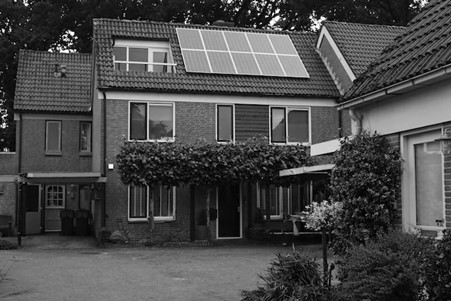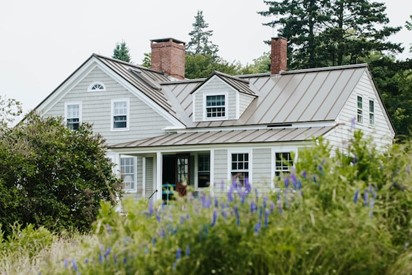
Located just outside of Raleigh and Research Triangle Park, Brier Creek has always been wildly popular for homeowners settling in North Carolina.
It’s remarkably walkable and bike-friendly, boasts numerous restaurants and shopping centers, and is home to multiple highly rated public schools.
It also happens to be the state’s largest green community, with more than 900 acres of wetlands and green spaces, along with 20 different parks. Half of the entire community is preserved for open space.
Caron Jones of Burlington, North Carolina explains that this community uses reclaimed water, landscaping that controls sediment, and modern erosion techniques to protect the land. All homes in Brier Creek are certified green by the National Association of Home Builders.
As North Carolina’s real estate market stays hot, many newcomers to the state are increasingly looking for eco-friendly and sustainable homes and communities. The state is listening.
Easy Being Green
North Carolina’s sustainable green communities have spread across the state, from Brunswick Forest in Leland to Carolina Gardens in central Fuquay-Varina to Connestee Falls in the Blue Ridge Mountains.
One hallmark of all of the state’s communities is a commitment to minimizing the impact of humanity on nature. Many of these communities are contained within protected green spaces, such as lakes, state parks, and mountains; most can be found on land that is guided by restrictive development measures.
To be considered eco-friendly, many North Carolina homes must be green-certified and include several amenities that are considered energy efficient.

The Push to Net Zero
Many experts in climate change say the best way to reverse worldwide environmental damage is aiming to achieve net-zero energy by 2050. In the sustainable and eco-friendly housing industry, renewable energy is key.
Exhibit A: The Love Shack, a modern home that’s fully sustainable in Lake Fontana. Its kitchen cabinets were crafted from trees that were salvaged after pine borer beetles killed them.
Recycled lanes from bowling alleys were used to make the countertops, it has a water collection system, and it integrates thermal windows. Its clean energy is as clean as it can get.
Rise of North Carolina Green Builders
Two big benefits of a green home — apart from being eco-friendly — are that they are usually built quickly and have longevity. The average green home in North Carolina can take just six months to build, and then it reportedly lasts for at least 20 years.
Sustainable homes are also remarkably durable and valuable in a state like North Carolina. This area experiences four very different seasons each year, facing plenty of high winds and extreme weather.
Real estate developers and construction managers across the state are becoming well-versed in the fundamentals of green building — some are even becoming specialized in green building alone.
Sustainable options regularly include energy-efficient lighting and energy systems such as microhydropower, solar photovoltaic, hybrid, and wind.
Sustainability isn’t just for new builds, though. Retrofitting existing properties with eco-friendly upgrades, commonly called greenhabbing, is also increasing in popularity in North Carolina.
Whether they are new or renovated homes, sustainable buildings come with a slew of benefits. Operational costs are typically low, especially with renewable energy sources and alternative cooling and heating procedures.
Another big plus: Meeting sustainability standards usually means a rise in the resale value of a home (energy-efficient homes sell for about 3% more than those that are unrated). A little bit of green can lead to a lot of green when it comes time to sell.

